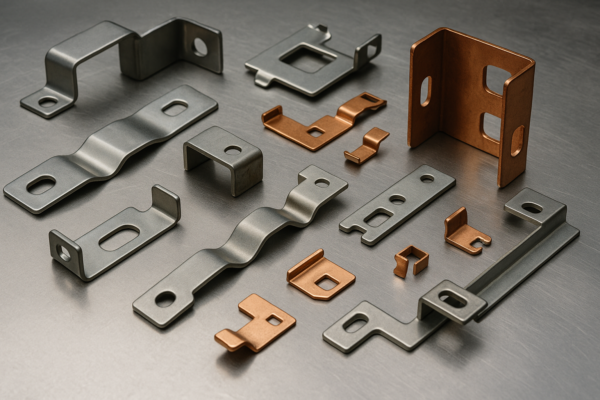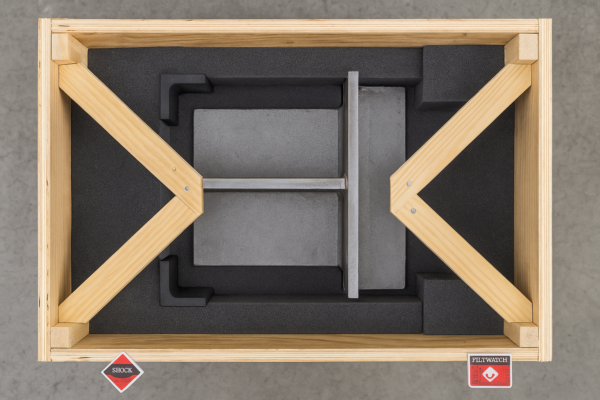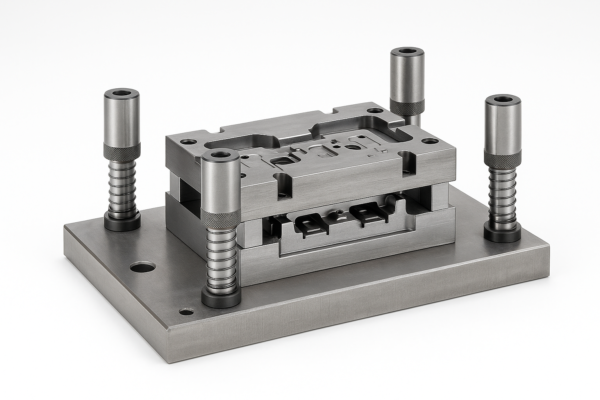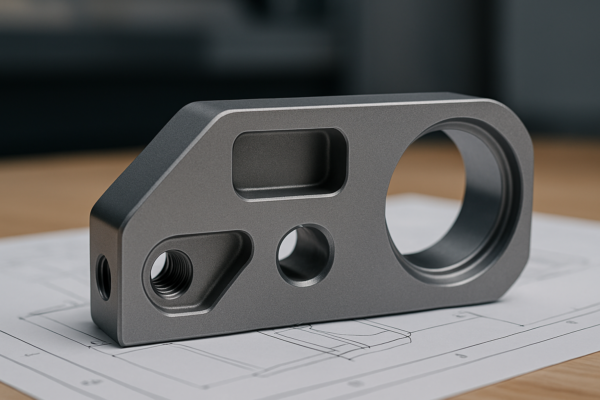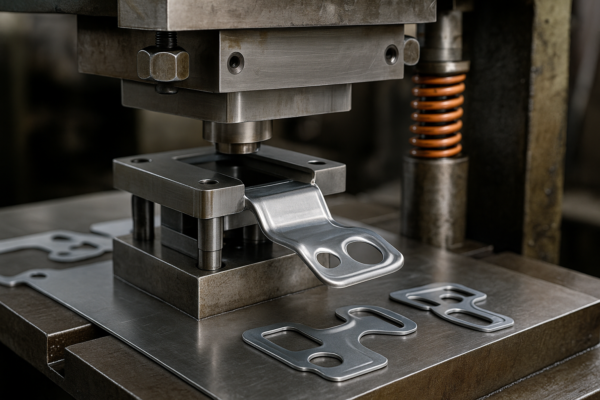How Can You Improve Procurement Efficiency for Metal Fasteners in 2025?
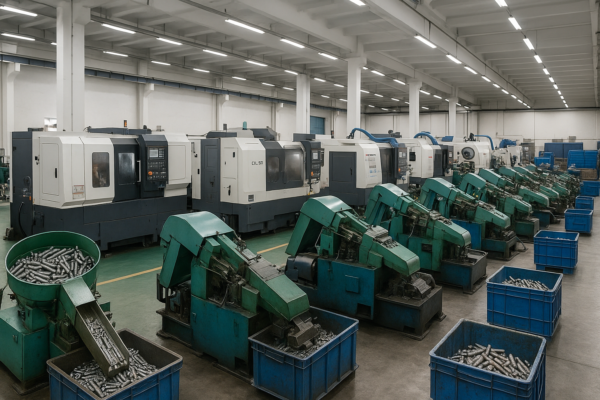
If you want to streamline procurement and cut costly mistakes, you need a clear, practical, and proven approach for fastener selection1 and sourcing2.
In 2025, choosing the right metal fasteners1 is more complex—and more important—than ever. Quality, customization, price, and logistics now decide your project’s success. In this guide, I share practical selection tips, compare locking fastener types2, explain when to use custom vs. standard parts, and deliver hands-on procurement strategies proven to raise conversion rates. My advice is based on more than 20 years’ experience helping global B2B buyers at Prime, an ISO-certified, export-oriented fastener supplier.
As project deadlines tighten and expectations grow, procurement teams1 face more pressure. They must compare thousands of fastener specs2, qualify new suppliers, and chase on-time delivery. I’ve seen how the right process cuts project risks, while poor choices lead to returns, costly rework, or missed launches. I will help you make smarter, faster decisions—so your procurement can drive growth, not stress.
What Are the Key Points in Metal Fastener Selection? A Detailed Guide from Thread, Head Type to Material Specification
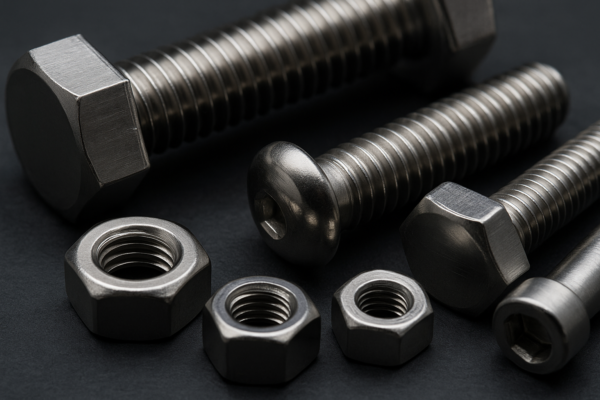
Selecting the right fastener1 is a technical challenge. Even small errors in thread, head, or material can cause fit problems, delays, and extra costs. Procurement leaders need a checklist to get every order right the first time.
Fastener selection should start with the end use and working environment. The main factors include: thread type and fit, head type, drive style, material grade, finish/coating, and relevant certifications. Each decision impacts strength, assembly speed, corrosion resistance1, and price.
Understanding Threads and Fit: Why Details Matter
Thread type—metric, UNC/UNF, or custom—impacts compatibility with mating parts. For example, metric fasteners1 dominate European and Asian machinery, while UNC/UNF threads2 are common in American designs. A mismatch here causes assembly headaches and even damages threads. I have seen whole production lines shut down due to a simple metric/imperial mix-up.
For critical parts, always confirm:
- Thread pitch and profile (coarse, fine)
- Fit tolerance (class 6g, 2A/2B, etc.)1
- Mating component spec (nut or tapped hole)
- Material hardness (to avoid galling or thread stripping)2
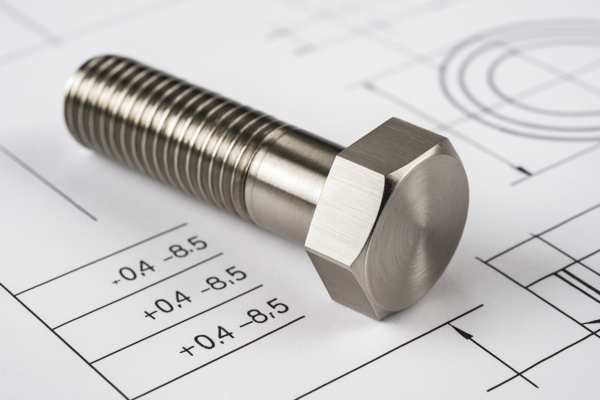
Above: A close-up look at fine-thread fasteners1 and engineering drawings2—precision here ensures assembly efficiency and long-term reliability.
Head Types and Drive Styles: Speed vs. Strength
Head type (hex, socket, pan, countersunk) controls tool access and tightening torque. Socket cap screws1, for example, let you use power tools in tight spots. Flange bolts spread the load, reducing need for separate washers.
Drive style (slotted, Phillips, Torx, Allen) determines assembly speed and risk of stripping. In high-volume plants, choosing a universal drive2 (like Phillips or Torx) improves throughput and reduces tool costs.
Material Selection: Strength, Corrosion, and Compliance
Material grade decides the core performance.
- Stainless Steel (304, 316)1: Excellent corrosion resistance, ideal for outdoor, food, or chemical use.
- Carbon Steel (grades 4.8, 8.8, 10.9)2: Good strength-to-cost, but needs coating for rust protection.
- Alloy Steel (10.9, 12.9, etc.): Maximum tensile strength for heavy-duty use, but always coat for durability.
- Brass, Plastic, Titanium: Specialty fasteners for unique electrical or lightweight needs.
I recommend specifying not just the base material, but the required certification1 (ISO, ASTM, DIN, etc.) and, for high-value orders, a batch material test report2.
Finish and Coating: Rust Protection and Appearance
- Zinc Plating1: Cost-effective for indoor use.
- Hot-dip Galvanizing (HDG)2: Best for outdoor or buried fasteners.
- Black Oxide, Dacromet, Nickel, Chrome: Special applications, each with different protection and color.
Always state your minimum salt spray hours or corrosion resistance in the enquiry.
Certification: Essential for Export and Critical Projects
For export orders, buyers increasingly require ISO 90011, RoHS2, REACH, and CE certificates. At Prime, we provide full documentation for every batch, including inspection data and, when needed, 3.1/3.2 certificates for engineering projects.
What Are the Pros and Cons of Common Locking Parts? (Speed Nuts, Self-Tapping Screws, etc.)
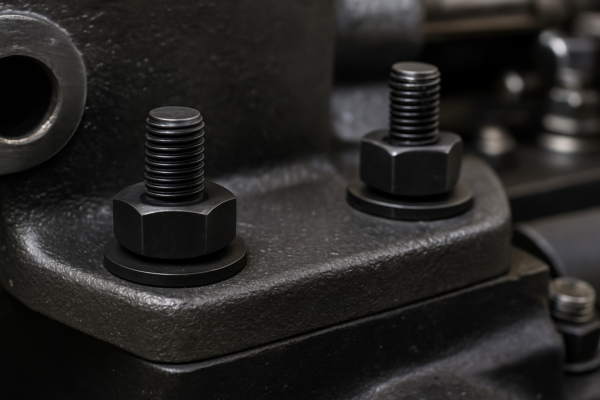
Locking fasteners are essential for assemblies exposed to vibration or repeated use. Choosing the right locking part reduces the risk of loosening, rework, and even field failures.
Speed nuts, self-tapping screws1, lock nuts, and lock washers each have strengths and weaknesses. Their cost, holding power, and installation speed differ. The wrong choice can cause warranty claims and end-customer frustration.
Speed Nuts: Fast, Simple—but Limited in Strength
Speed nuts1 are thin spring steel clips that snap onto sheet metal and provide instant thread.
- Pros: Ultra-fast to install, no need for tapping holes, good for lightweight assembly2.
-
Cons: Not strong, can loosen over time, usually single-use.
Best for electronics, HVAC, and auto interiors—not for critical load-bearing joints.
Self-Tapping Screws: Versatile, But with Limits
Self-tapping screws1 are designed to cut their own threads in metal or plastic.
- Pros: Save time and tooling, ideal for thin materials, and low cost.
- Cons: Can strip out in soft materials, not suitable for repeated disassembly, limited strength.
Use for enclosures, housings, and low-load parts2—but not for structural connections.
Lock Nuts and Washers: Reliability for the Long Haul
Lock nuts (nylon-insert, metal deforming) and lock washers1 (split, toothed) provide real vibration resistance.
- Pros: High holding strength, reusable, accepted by all industry standards.
- Cons: Slightly slower assembly, higher piece price, require more space.
I always advise lock nuts2/lock washers1 for engines, vehicles, cranes, or anything exposed to heavy vibration.
Custom Locking Solutions: Engineering for Safety
For high-risk applications, use wedge-lock washers1 or serrated flange nuts2. Prime can manufacture to your custom locking feature, including pre-applied adhesives or thread locking patches for extra security.
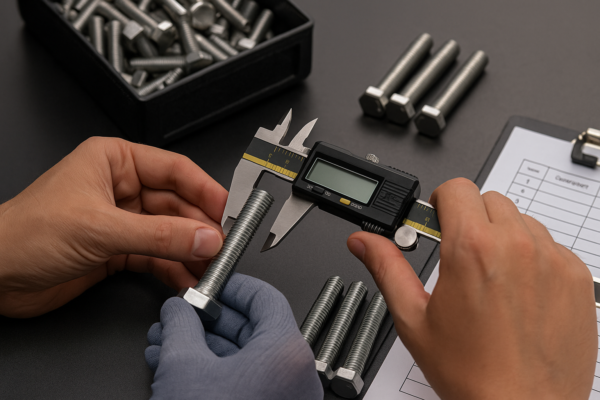
Above: Prime’s quality control1 ensures each locking fastener2 is dimensionally accurate and fully documented for traceability.
Customization vs. Standard Fasteners: When Should You Choose Mold Production and Plan Delivery Schedule?
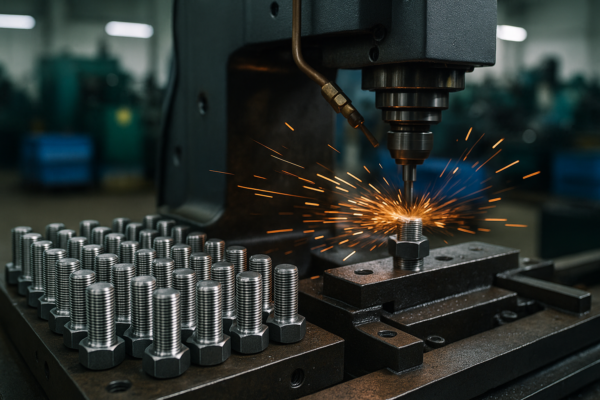
Sometimes, off-the-shelf fasteners are not enough—especially for innovative products or new machinery. Custom fasteners1 give you unique fit, performance, and even branding, but come with higher costs and longer lead times2.
Custom fasteners1 (special shape, non-standard size, custom finish or logo) allow exact fit and improved branding. Standard fasteners2 offer lowest cost, short lead time, and ready supply. Each option suits different procurement goals.
When Customization Makes Sense
- New product launches requiring unique assembly1
- Brand-sensitive applications needing engraved logos2
- Projects with special dimensions or finishes not found in catalogues
- Engineering changes late in the development cycle
Customization requires:
- Mold/tooling charge1 (one-time, from \$200–\$2000)
- Minimum order quantity2 (1,000–10,000 pcs)
- Extended delivery (mold: 14–30 days, then production: 10–20 days)
But, the benefits include perfect fit, branding, and meeting unique technical specs. For many clients, the extra upfront investment pays off by eliminating rework and improving brand recognition.
When Standard Fasteners Win
- Routine maintenance and repair1
- Fast-moving production lines needing quick delivery2
- Cost-sensitive projects or pilot runs
- Global standard machinery with easy-to-find parts
Standard fasteners ship in days, with lower costs and no need for drawings. Prime stocks all common grades and can deliver anywhere in the world.
Delivery Schedule Planning
I always advise clients:
- For custom projects, start mold approval 2 months before final assembly.
- Ask your supplier for a Gantt chart1 with all key dates: sample, mold, bulk, packaging, and shipment.
- For urgent needs, Prime supports express mold-making2 and air freight for prototypes.
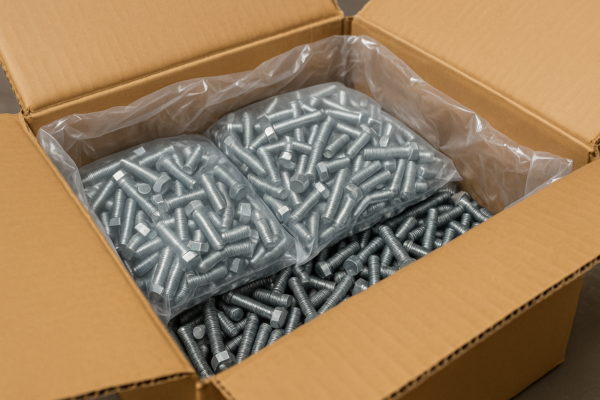
Above: Prime’s export packaging1—customized for each client’s logistics and handling requirements, with barcoding and anti-rust film2 for long-haul shipping.
How Can Procurement Teams Improve Enquiry Conversion Rates? Reduce Quality Issues and Logistics Delays
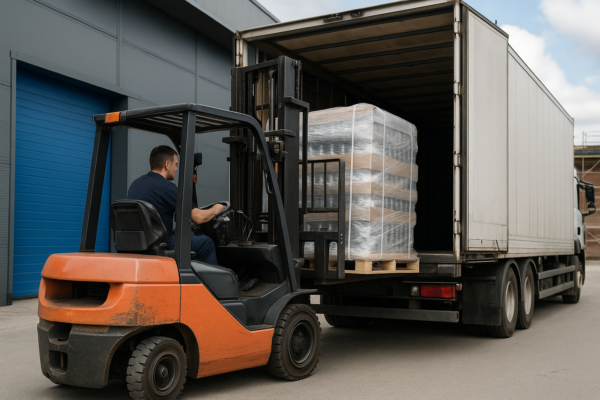
Conversion rate is where procurement wins or loses. Slow replies, unclear specs, or unreliable packaging cause missed orders and lost revenue.
You can boost enquiry conversion1 by preparing complete specs, confirming ISO/QC processes2, and working with partners who control both production and export logistics. The best suppliers respond within hours, provide certificates, and support every step from drawing to delivery.
Boosting Your Enquiry-to-Order Rate: What Actually Works
- Prepare a complete enquiry: Include material, size, thread, finish, quantities, delivery deadline, usage environment, and relevant drawings/photos.
- Choose ISO-certified suppliers1: Ask for their certificate, QC process, and a sample inspection report for a previous project.
- Insist on samples: Approve both product and packaging samples before mass production.
- Request regular updates: Progress photos/videos, inspection reports, and shipping status via email or WhatsApp.
- Agree on packaging standards2: Export-strength cartons, plastic wrap, desiccant, palletizing—all are musts for overseas orders.
- Check logistics partners: Choose a supplier experienced with DDP, DAP, FOB, and who can recommend reliable shippers.
Reducing Quality Problems
- Share tolerance limits and functional requirements—not just basic dimensions.
- Ask for full PPAP (Production Part Approval Process)1 for automotive or aerospace fasteners.
- Prime uses 3-stage QC2 and records all test data for traceability.
- Always request batch samples for large or new orders.
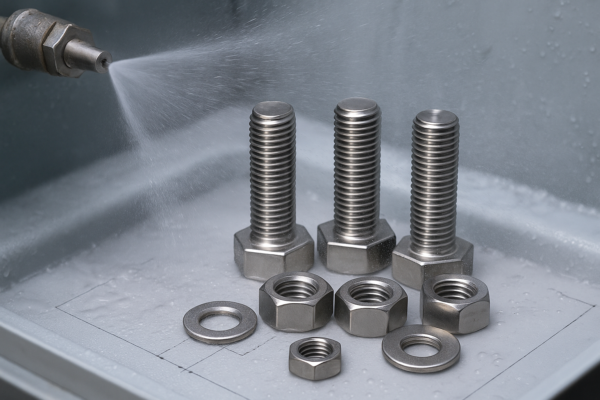
Prime’s inspectors measure every batch, checking dimensions, threads, coatings, and packing. For major projects, we offer video witness testing1 or third-party inspection support2.
Solving Logistics Delays
- Confirm production slots in advance, especially for custom parts1.
- Ask for a packing list, photos, and export documents before shipment.
- Use tracked, insured transport2. Prime works with Maersk, COSCO, DHL, FedEx, and global forwarders.
FAQs About Metal Fastener Procurement
Q1: How do I confirm the correct thread type?
A: Always provide and review an engineering drawing. Order a sample and verify with a thread gauge before bulk production.
Q2: Can I get custom fastener shapes1 or branding?
A: Yes. Prime supports fully custom shapes, logo engraving, and even color options with low mold fees.
Q3: How can I ensure my fasteners pass export inspections?
A: Request ISO 90012, RoHS, or required country certificates with every order. At Prime, we send these with your shipment.
Q4: How does Prime guarantee delivery time?
A: We run 10 production lines with digital scheduling1 and keep stocks for repeat clients. Express air and sea logistics ensure timely delivery even for urgent orders.
Q5: What are your main export markets?
A: We ship to North America, Europe, Australia, the Middle East, and over 50 countries globally.
Q6: How do you prevent quality problems in large orders?
A: Our process includes three-step QC2: incoming material, in-process checks, and final outgoing inspection. Photos and data are sent to clients for approval.
Q7: What is your approach to sustainable sourcing1?
A: Prime uses eco-friendly packaging, supports RoHS/REACH compliance, and sources materials from responsible mills.
Q8: What can I do if my fasteners are damaged on arrival?
A: Contact us within 24 hours, provide photos. We immediately review our packing logs and arrange replacement or compensation based on the inspection.
Q9: Do you offer technical support for new projects2?
A: Yes, our engineers review all drawings, suggest design improvements, and offer rapid prototyping to speed up your product launch.
Conclusion
Raising procurement efficiency in 2025 starts with smart fastener selection, clear specs, and a reliable ISO-certified supplier.
Trust Prime for fast, custom solutions, export packaging, and expert support at every step.
Contact us today for a quote, free consultation, and fast sample at:
Website: https://primecustomparts.com/
Email: [email protected]
-
Explore this link to understand effective sustainable sourcing strategies that can enhance your business’s environmental impact. ↩ ↩ ↩ ↩ ↩ ↩ ↩ ↩ ↩ ↩ ↩ ↩ ↩ ↩ ↩ ↩ ↩ ↩ ↩ ↩ ↩ ↩ ↩ ↩ ↩ ↩ ↩ ↩ ↩ ↩ ↩ ↩ ↩ ↩ ↩
-
Discover resources that provide insights into obtaining technical support, ensuring your project runs smoothly and efficiently. ↩ ↩ ↩ ↩ ↩ ↩ ↩ ↩ ↩ ↩ ↩ ↩ ↩ ↩ ↩ ↩ ↩ ↩ ↩ ↩ ↩ ↩ ↩ ↩ ↩ ↩ ↩ ↩ ↩ ↩ ↩


